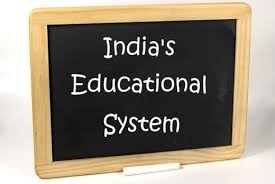On campus placements after education
1. A kid starts attending to school usually at the age of about 4 to 5. By the time, he reaches the age of 14 to 15, he completes his basic school education so as to go into his chosen area of domain.
2. At the age of 15 to 16, now this kid turned little matured student decides what he is going to study in higher education – Engineering, medical, commerce, Humanities and Social Sciences, Hotel Management or architecture etc.
3. Barring a couple of chosen domains, usually the competition to get into most of these disciplines remains very intense if one thinks of getting into some premier institutes.
4. That way, a student literally needs to be on his toes during his two years of senior secondary education and prepare himself for these competitive exams.
5. Crop of this hardwork is harvested, once a student makes into his chosen field of studies and gets admission into a good institute.
6. Next three / four / five years of education (depending upon the course which student is pursuing), life of a students usually revolves around overall professional development.
7. Tension starts building up about one year prior to the completion of degree program, when companies start visiting campus for placement process and students who have not worked hard enough are found looking around for the opportunities at that time.
8. Companies in India do offer about USD 7000 pa to about USD 15000 pa depending upon the caliber of the student and the brand name of the company.
9. Professionally, this is the most important phase of a student’s life as all the hardwork which has put in over last about 17 – 18 years of education is going to get rewarded.
10. Many of the institutes try their level best to host the best of the companies in their respective campuses to ensure good placements for their students.
11. Companies usually pick up the overall personalities, the ones who are kind of all-rounders, presentable personalities, sound with fundamentals and who possess exposure to various domains of life.
12. Parents usually are worried on the fact that how much salary their son/ daughter will be able to draw after completing the professional course.
13. But, answer obviously remains that it all depends upon one’s capability.
14. So, students are suggested to work very hard to enhance their skill sets in very broad domains so that they do get placed by best of the companies and at best of the salary packages.
Work hard to learn not only the courses but also broaden your horizon of thinking and personality, so as to have good on campus placements for better career prospects!!



